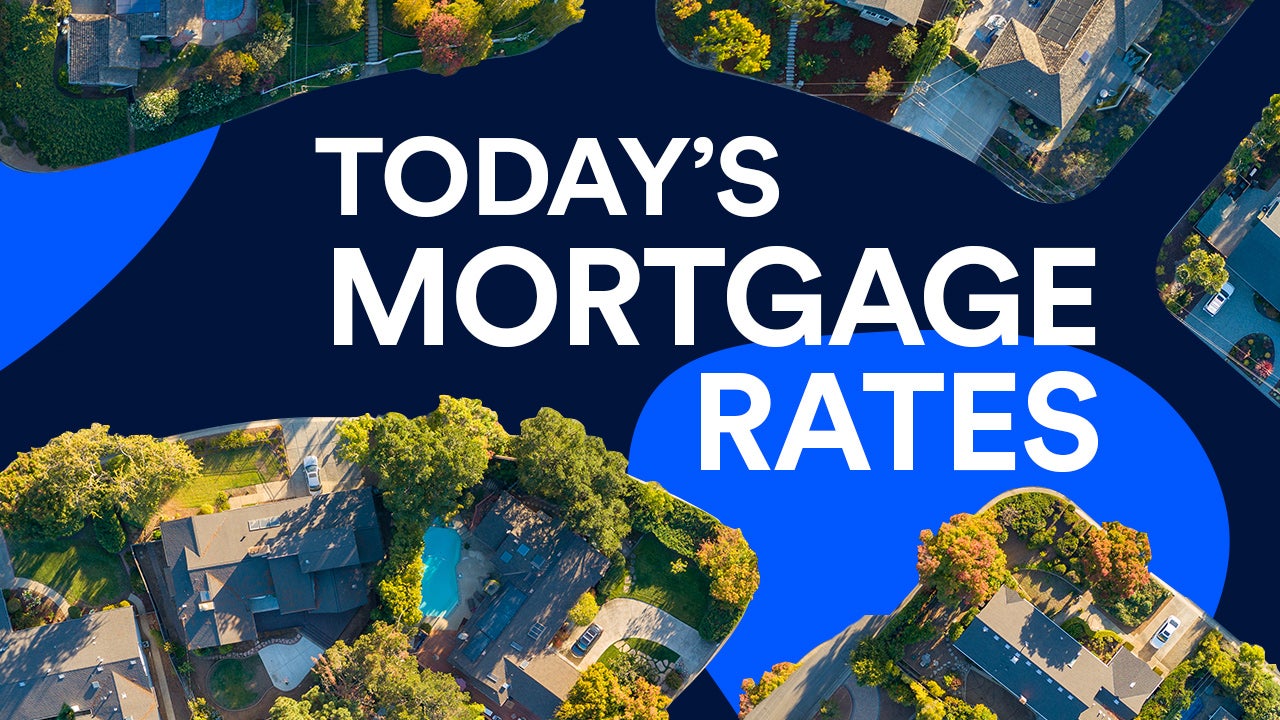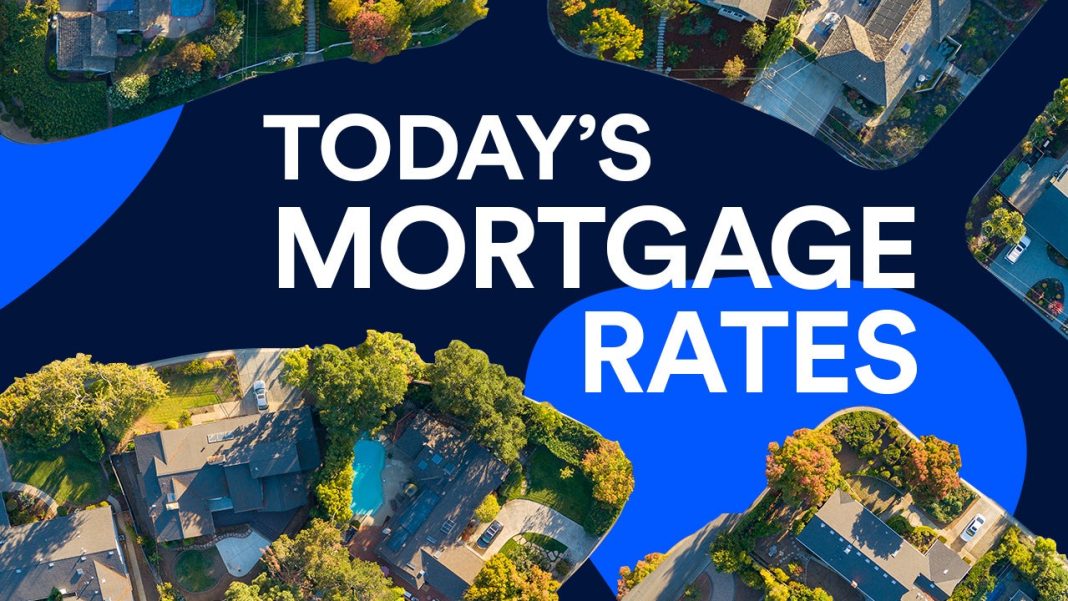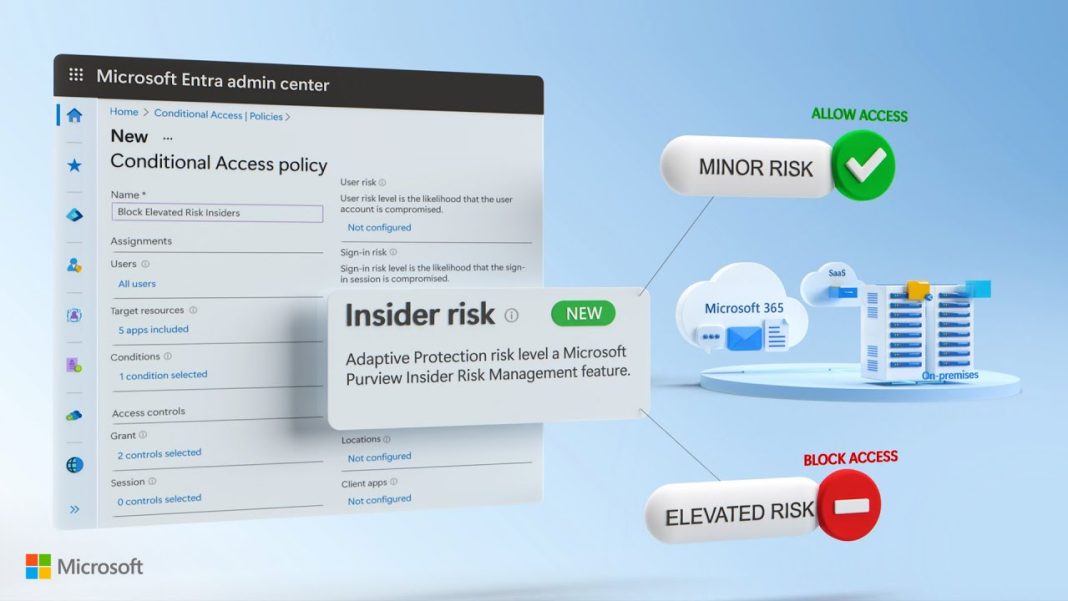 The housing market in the United States is experiencing a decline in homebuyer enthusiasm as mortgage rates continue to rise. According to the Mortgage Bankers Association (MBA), weekly mortgage demand has dropped to its lowest level in three months. Joel Kan, the vice president and deputy chief economist at the MBA, stated that the Market Composite Index, which measures mortgage loan application volume, fell by 5.7 percent for the week ending May 24. This decrease is attributed to an increase in interest rates, with the 30-year fixed rate reaching 7.05 percent.
The housing market in the United States is experiencing a decline in homebuyer enthusiasm as mortgage rates continue to rise. According to the Mortgage Bankers Association (MBA), weekly mortgage demand has dropped to its lowest level in three months. Joel Kan, the vice president and deputy chief economist at the MBA, stated that the Market Composite Index, which measures mortgage loan application volume, fell by 5.7 percent for the week ending May 24. This decrease is attributed to an increase in interest rates, with the 30-year fixed rate reaching 7.05 percent.
Both refinance and purchase applications have declined during this period, indicating that borrowers are sensitive to even small increases in mortgage rates. This sensitivity is compounded by the limited inventory of existing homes, making it challenging for buyers to find homes within their price range. Marina Walsh, the vice president of industry analysis at the MBA, stated that higher unemployment, lower personal savings, increased property taxes and insurance, as well as a rise in credit card debt and delinquency rates, have contributed to an increase in delinquency rates for mortgage loans.
The rise in mortgage rates can be attributed to a combination of factors. Sam Khater, the chief economist at Freddie Mac, stated that the recent increase in mortgage rates is due to “more hawkish commentary about inflation” and lukewarm demand for longer-dated Treasurys. Additionally, lower expectations of interest rate cuts by the U.S. Federal Reserve have also contributed to pushing up mortgage rates. The Fed has raised interest rates from 0.25 percent in March 2022 to a range of 5.25–5.50 percent in July 2023 and has remained at that level until now.
The current rise in mortgage rates has led to a decrease in home prices. According to a report by real estate brokerage Redfin, home price cuts have reached the highest level in 18 months. Approximately 6.4 percent of home sellers have reduced their asking price nationwide, with the median asking price falling by roughly $3,000 to $416,623. The age of inventory, which measures how long active home listings have been on the market, has also increased, suggesting that sale-price growth could soften in the coming months as high mortgage rates deter homebuyers.
The Federal Reserve’s resistance to decreasing interest rates further contributes to the current housing affordability crisis. The Fed has indicated that it will not lower policy rates until there is greater confidence that inflation is moving sustainably down toward its 2 percent target. This has led to uncertainty in the market, with interest rate traders seeing a zero percent chance of rates being reduced in the June meeting. However, traders expect rates to drop in September.
The combination of high home prices and elevated mortgage rates has created a housing affordability crisis. The monthly housing payment for a typical homebuyer has reached a “record-high” of $2,886, up from $1,500 in March 2019. Additionally, the typical downpayment for someone putting down 20 percent has increased to $84,000. Despite these challenges, some buyers are still choosing to purchase their dream homes rather than risk even costlier purchases if they wait.
In conclusion, the rise in mortgage rates has led to a decline in homebuyer enthusiasm in the United States. Limited existing home inventory and borrowers’ sensitivity to rate increases have further contributed to this decline. The Federal Reserve’s resistance to decreasing interest rates and the resulting housing affordability crisis have created challenges for both buyers and sellers in the market. While some buyers are still choosing to purchase homes despite high rates, the future of the housing market remains uncertain as interest rates continue to fluctuate.

